Filter News
Area of Research
News Type
Media Contacts
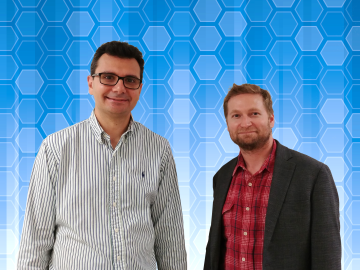
By harnessing the power of quantum mechanics, researchers hope to create quantum computers capable of simulating phenomenon at a scale and speed unthinkable on traditional architectures, an effort of great interest to agencies such as the Department of Energy tasked with tackling some of the world’s most complex science problems.
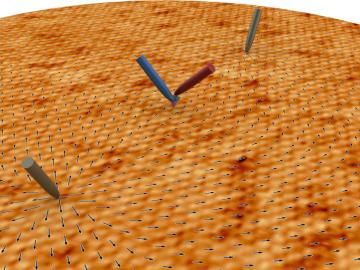
New method to detect spin current in quantum materials unlocks potential for alternative electronics
A new method that precisely measures the mysterious behavior and magnetic properties of electrons flowing across the surface of quantum materials could open a path to next-generation electronics. A team of scientists has developed an innovative microscopy technique to detect the spin of electrons in topological insulators, a new kind of quantum material that could be used in applications such as spintronics and quantum computing.
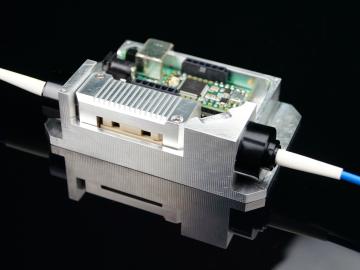
Qubitekk has non-exclusively licensed an Oak Ridge National Laboratory-developed method to produce quantum light particles, known as photons, in a controlled, deterministic manner that promises improved speed and security when sharing encrypted data.
Current encr...
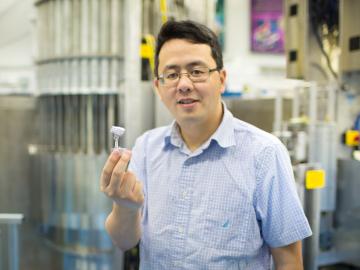
A team led by the Department of Energy’s Oak Ridge National Laboratory has used sophisticated neutron scattering techniques to detect an elusive quantum state known as the Higgs amplitude mode in a two-dimensional material.
The Higgs amplitude mode is a condensed ...
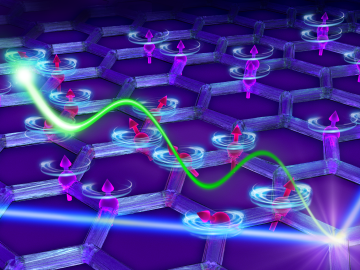
Neutron scattering has revealed in unprecedented detail new insights into the exotic magnetic behavior of a material that, with a fuller understanding, could pave the way for quantum calculations far beyond the limits of the ones and zeros of a computer’s binary code. ...
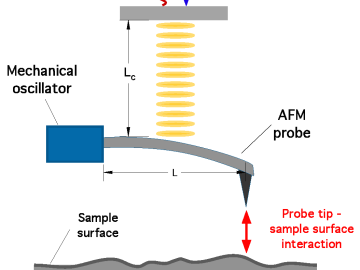
By taking advantage of a phenomenon known as “quantum mechanical squeezing,” researchers have conceptually designed a new method of applying atomic force microscopy.
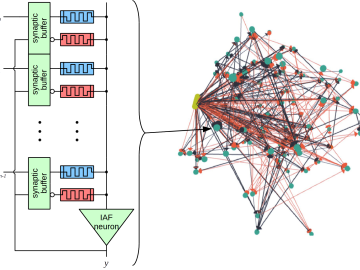
In a first for deep learning, an Oak Ridge National Laboratory-led team is bringing together quantum, high-performance and neuromorphic computing architectures to address complex issues that, if resolved, could clear the way for more flexible, efficient technologies in intelligent computing.
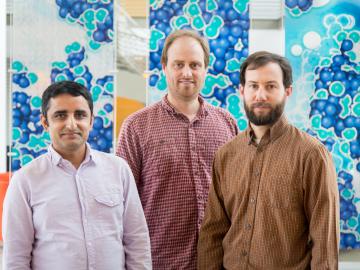
When matter changes from solids to liquids to vapors, the changes are called phase transitions. Among the most interesting types are more exotic changes—quantum phase transitions—where the strange properties of quantum mechanics can bring about extraordinary changes in curious way...
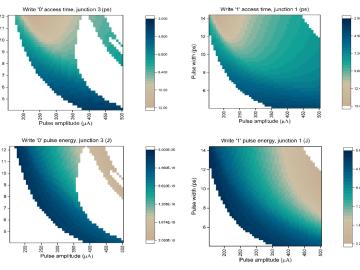
Scientists at Oak Ridge National Laboratory have proposed a novel cryogenic, or low-temperature, memory cell circuit design that may resolve a memory storage bottleneck, accelerating the pathway to exascale and quantum computing. The proposed design converges write, read and reset ...




